
Liverpool News
Rare Northern Lights display made an appearance at Crosby Beach
1 year ago
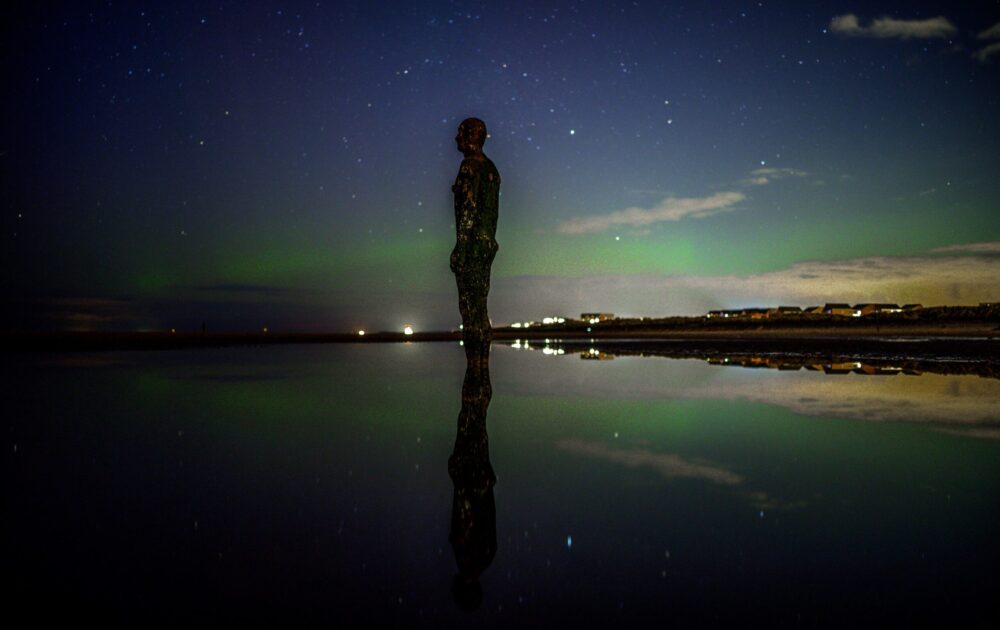
The natural light display is caused by charged particles from the Sun interacting with Earth’s magnetic field.
The mesmerising spectacle of the Northern Lights graced the night skies across the UK, painting hues of green and purple against the darkness.
Crosby Beach was among the locations where spectators were treated to this rare celestial spectacle, adding yet another magical moment to the ever-inspiring landscape of the region.
Sightings were reported in various regions as well as Merseyside, including Scotland and Wales, where spectators marvelled at the ethereal dance of the Aurora Borealis on Sunday night.
The Met Office explains that this natural light display occurs when charged particles from the Sun interact with Earth’s magnetic field, creating a captivating play of colors across the night sky.
The colors observed during the display depend on the molecules with which the charged particles interact. Oxygen often produces red and green hues, while nitrogen can manifest as pink and red. Additionally, shades of blue and purple can result from interactions with hydrogen and helium.
Swirling across a starry sky or bursting from the horizon, aurora displays have impressed and intrigued civilisations for centuries. Science has since replaced myths and legends as a tool for interpreting the phenomenon, but predicting when and where the lights will show up remains (largely) a mystery.
Now could be your best time to see the northern lights due to increasing activity caused by the sun’s 11-year cycle.
Although sightings are never guaranteed, there are ways to improve your chances. Plan carefully by following these expert tips.
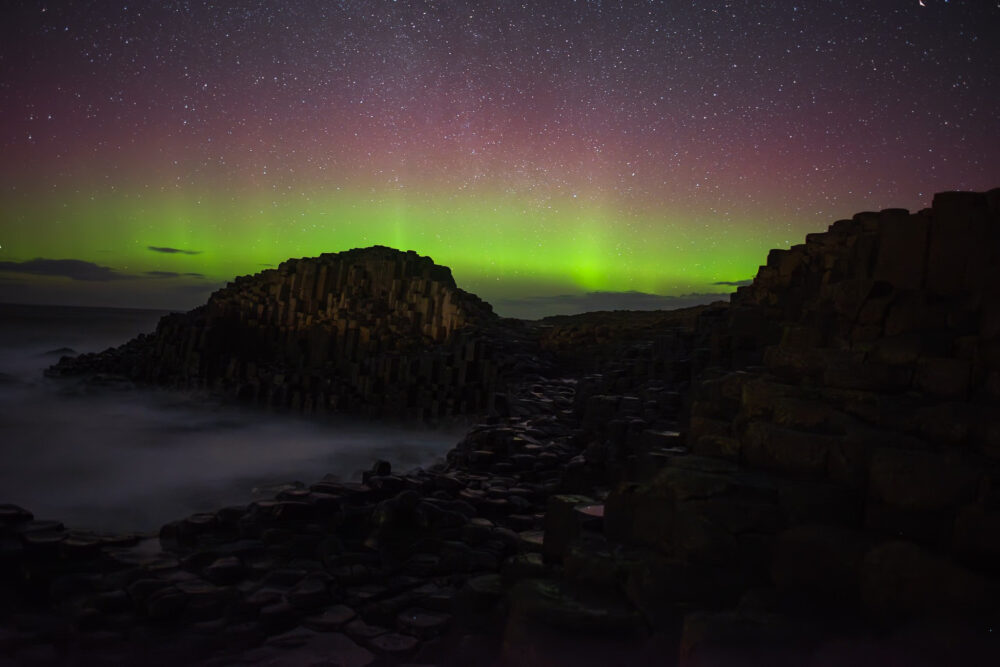
Where to go?
Put simply, aurora displays occur when charged particles collide with gases in the Earth’s atmosphere around the magnetic poles. In the northern hemisphere, most of this activity takes place within a band known as the aurora oval, covering latitudes between 60 and 75 degrees. When activity is strong, this expands to cover a greater area – which explains why displays can be occasionally seen as far south as the UK.
For reliable displays, the best places to visit are in Norway, Sweden and Finland. Sitting right below the aurora oval, Tromsø, in Norway, is known as a northern lights capital. Although light pollution within the city can interrupt some displays, there are plenty of excellent lodges, camps and lookout points in the surrounding area.
If you can’t travel that far, however, Scotland could be a good option. Some of the best places include Galloway Forest Park, an International Dark Sky Park, the Cairngorms and the islands of Lewis and Harris in the Hebrides.
Why go now?
During the autumn and spring equinoxes (around September 23 and March 21), when days and nights are equal in length, twice as many geomagnetic storms occur as the Earth’s tilt causes more collisions between solar winds and gases in our atmosphere.
If that wasn’t enough persuasion to head out into the night, scientists predict displays will intensify as we approach an event known as a solar maximum. Every 11 years, the sun’s poles reverse, causing an increase in solar flares which result in northern lights. Calculations suggest the peak could be this year, although activity will continue to be high for some time afterwards.
Clear, dark skies are key
Striking lucky with solar flares is only one part of the puzzle. Even if activity is extremely high, the lights need clear skies to properly perform. Picking a destination with stable weather patterns is key to having a successful viewing. Inland areas – such as Finnish Lapland – tend to be more reliable than coastal regions. But even if the skies look murky, it’s worth waiting to see if the clouds clear.
Light pollution is another important consideration. Only the most powerful auroras can penetrate past urban illuminations, so it’s worth picking a location with guaranteed dark sky – either far from human settlements or in a protected area.
On average, lights turn up between 9pm and 2am with the best shows from 11pm to midnight.
Be flexible and allow time
Unless you live close to an area beneath the aurora oval, it’s difficult (and expensive) to plan last-minute trips. Your best bet is to spend a few days in a location. Hiring a car will also allow you to find areas of clear skies if bad weather threatens to spoil events. And don’t be tempted to plan too many activities during the day. Waiting for the lights to turn up can be a tiring pastime, often lasting until the early hours.
Are there any useful apps?
There are dozens of apps available for budding aurora hunters. Available for download at aurora-alerts.uk, the Glendale app promises accurate alerts for Scotland. It’s free and optimised to work in remote areas where mobile signal is extremely weak. AuroraWatch UK, available from the App store, is a free service offering alerts when the aurora might be visible from the UK. Suitable for both casual viewers and serious hunters, My Aurora Forecast has both short-term as well as long-term forecasting options.


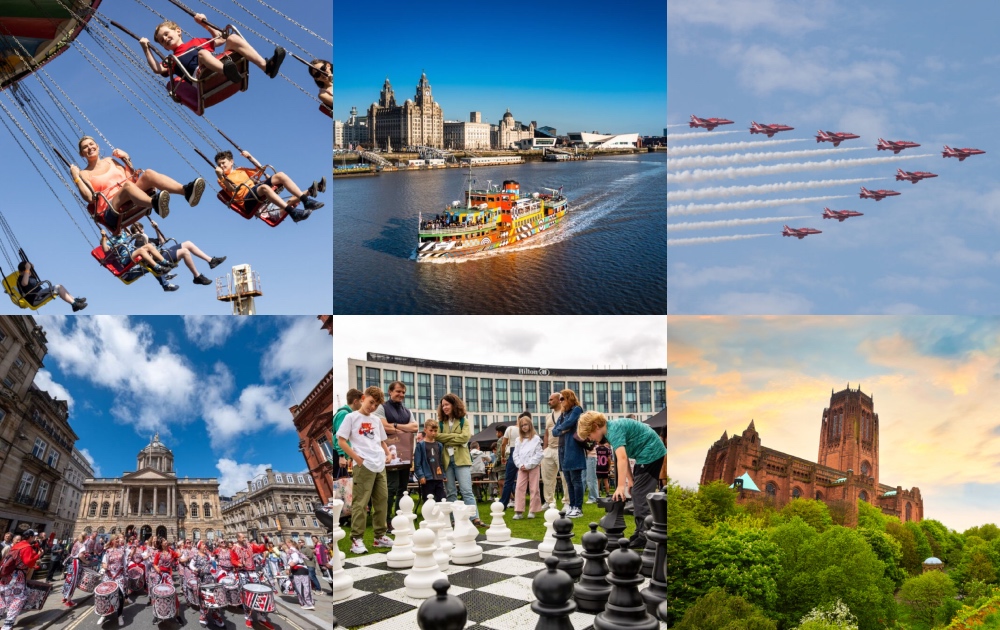
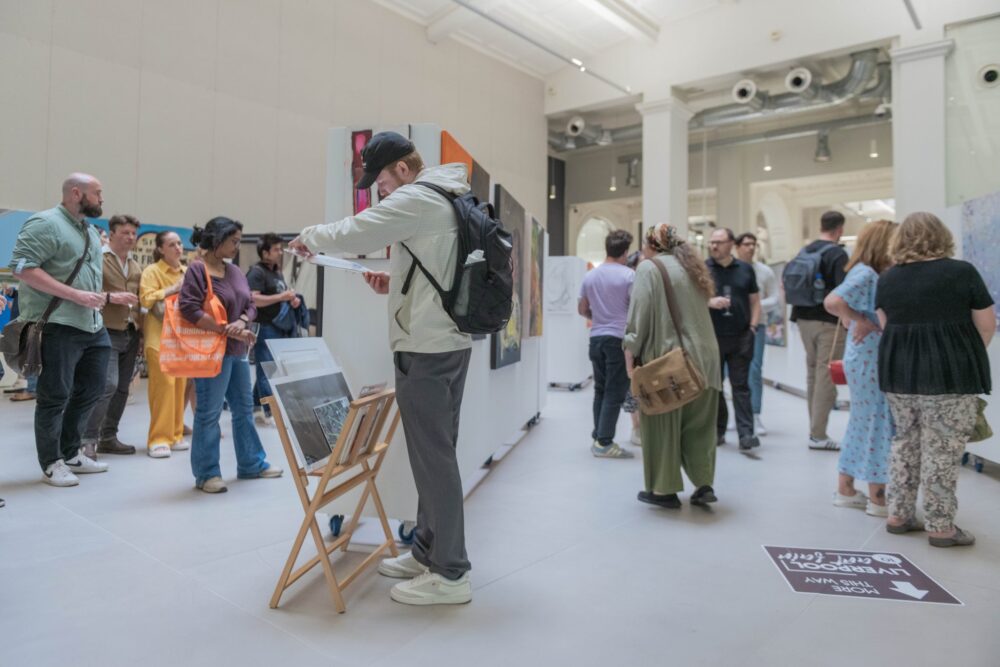
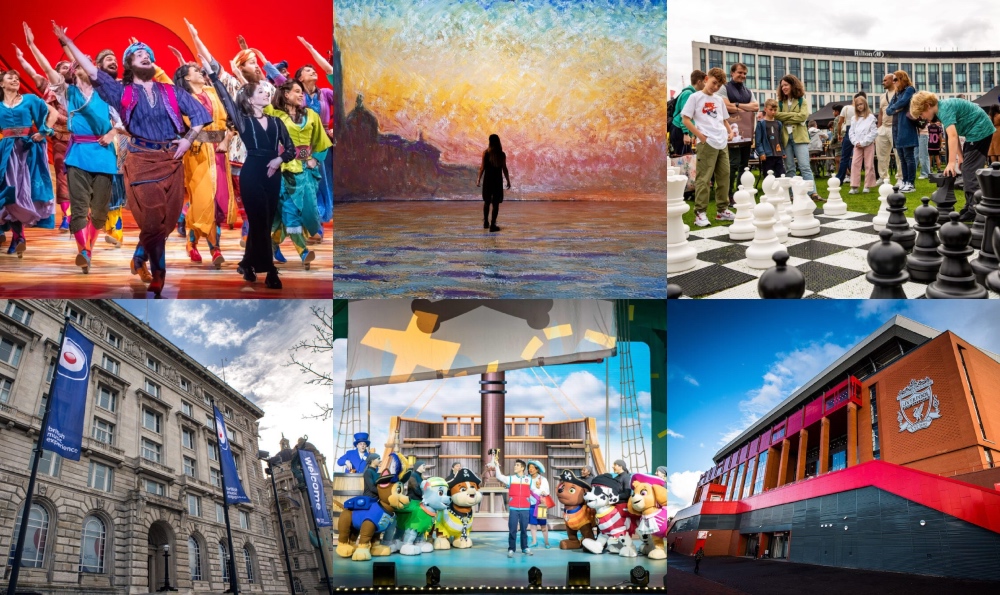
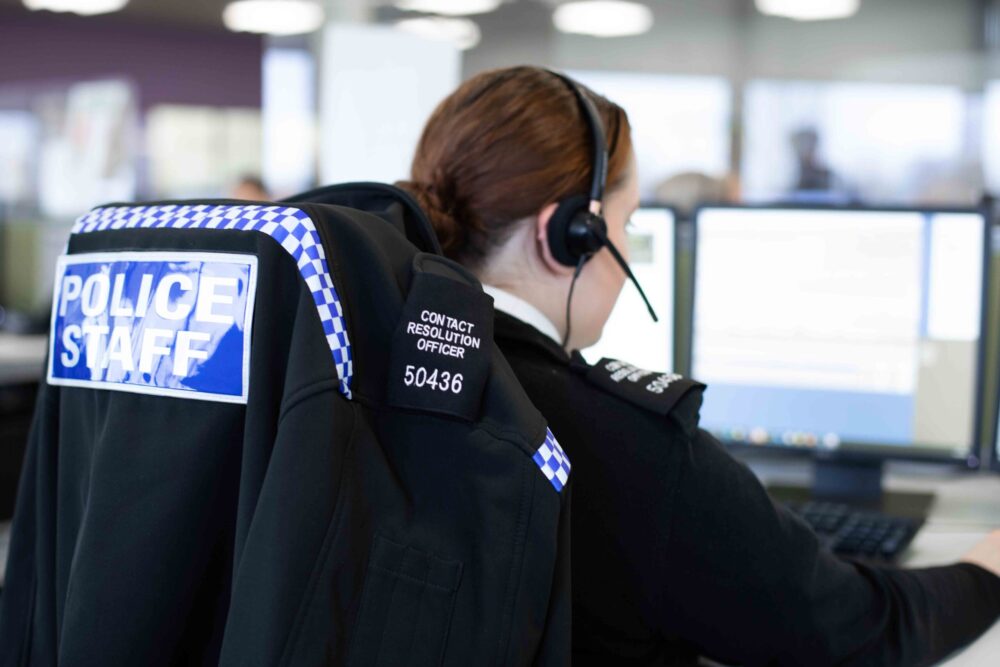
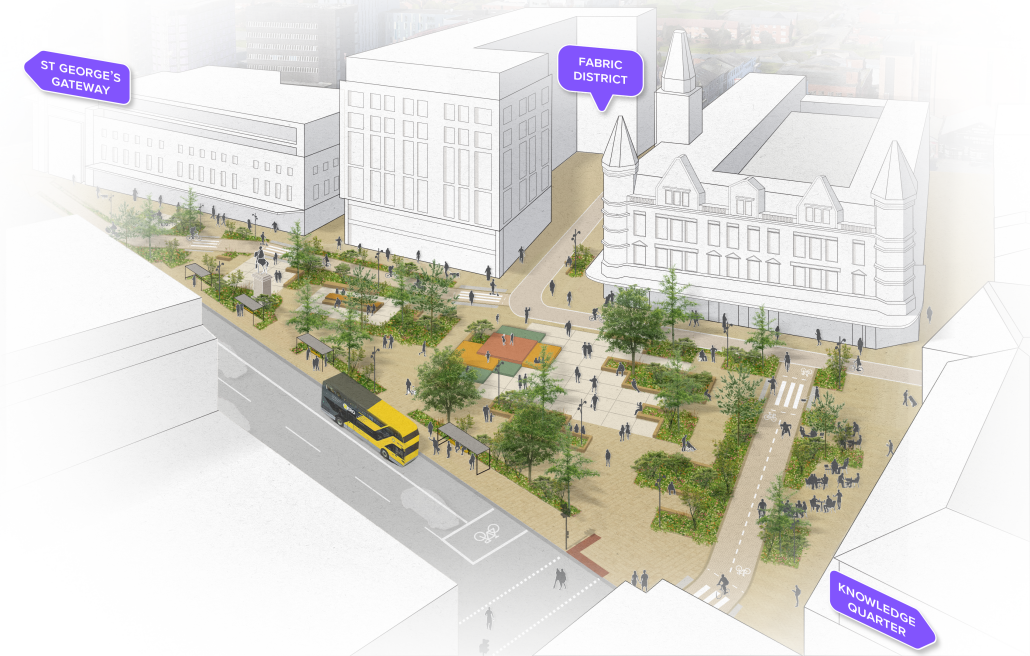
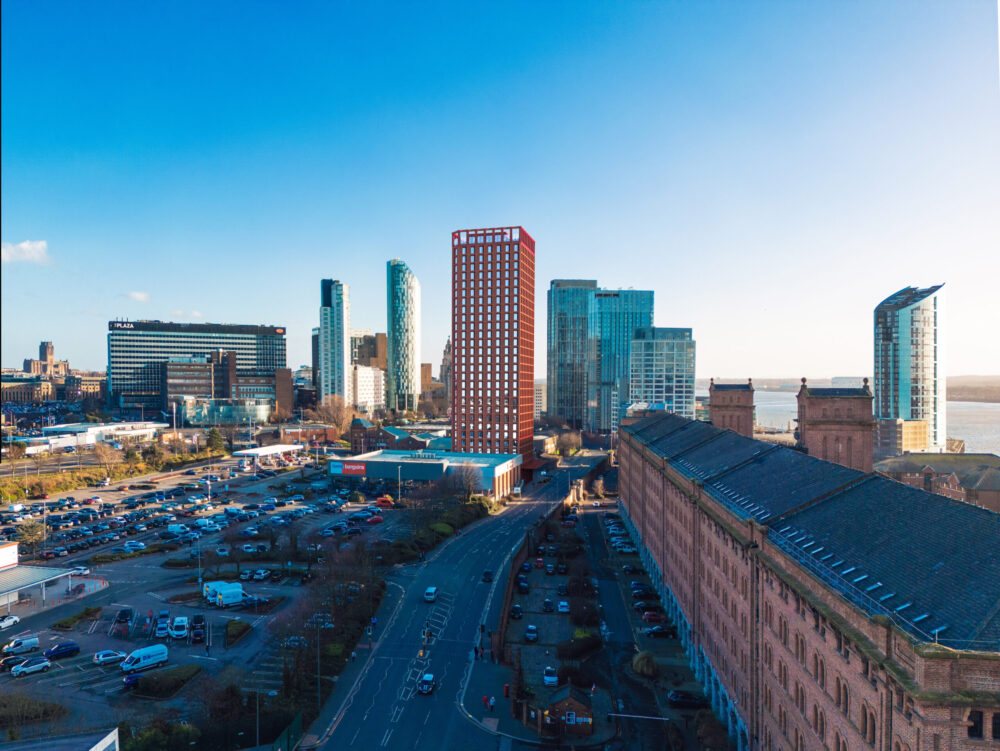

 Subscribe
Subscribe Follow Us
Follow Us Follow Us
Follow Us Follow Us
Follow Us Follow Us
Follow Us Follow Us
Follow Us











